Exact Answer: 18 – 24 Months
When the previous pregnancy was delivered by a C-section, also known as cesarean section, for the next pregnancy, the pregnant women are provided with two different methods by which they can deliver the baby. The first method includes vaginal birth after cesarean section (VBAC), where the baby is delivered vaginally. The second method is elective repeat cesarean section (ERCS), where again the baby is delivered through a C-section. Most of the women choose the VBAC method as they wish to go into labor at least once. Although VBAC includes some risks as well, after consulting your doctor, you can opt for VBAC for all the pregnancies after C-section delivery. But how long should you wait after a VBAC before getting pregnant?
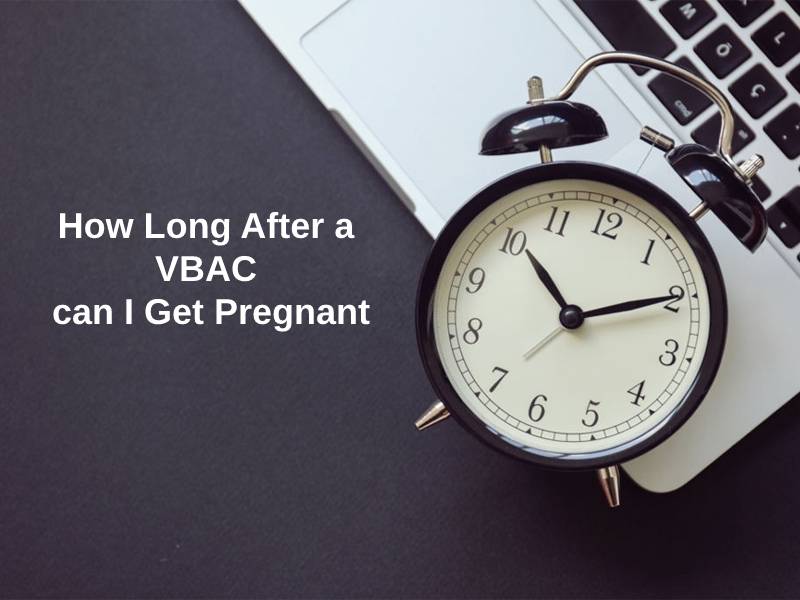
How Long After a VBAC Can I Get Pregnant?
| After a Normal Delivery | 12 – 18 Months |
| After a VBAC Delivery | 18 – 24 Months |
| After a VBAC Delivery (women over 35 years old) | 2 years or more |
After the C-section, for your next pregnancy, no matter which method you choose, both come with some risks. But these risks don’t put much of a severe obstacle, by which you or your baby will be harmed. To choose one method, you must consult the doctor first, as he will be well aware of your case. If you have chosen VBAC, it means that you will be going through a TOLAC, i.e., the trial of labor after cesarean. This is because some difficulties may arise while delivering vaginally, and you might need a C-section once again. Yet, it is observed that almost 70% of VBAC deliveries are successful and don’t need a C-section.
After a normal delivery, it is recommended to wait for 12 – 18 months before conceiving, to ensure the safety of you and your baby. But after a VBAC delivery, how long you should wait before getting pregnant again varies from person to person. This is because it depends on various factors such as the age of the woman, risks from previous pregnancies, and deliveries. You must also consult your doctor on this matter.

Usually, in such cases, you are told to wait for at least 6 months. But ideally, you should wait for 18 – 24 months. This is because conceiving within 18 months after a VBAC can increase the possibility of risks in your pregnancy. If your age is more than 35 years, then your doctor will suggest you not conceive after a VBAC for another year or two. This is because you may face some problems related to fertility as you age.
Why Can I Get Pregnant That Long After a VBAC?
After a C-section, if you are going for the VBAC method, then you’ll need to wait for a longer period, as compared to when you have opted for ERCS. You are suggested to wait for 18 – 24 months so that your body can regain its strength and heal itself for the next pregnancy. Although it is considered to be okay to conceive after 6 months, there have been many cases where women developed many complications in their pregnancy. Some women have even conceived within 6 months, but this can cause more complications and put a lot of risks on the safety of your baby. The weight of your baby may also be affected if you conceive too soon.
One of the common risks faced by women is uterine rupture. When there is a tear on the walls of the uterus, it is called a uterine rupture. Even though the possibility for uterine rupture is very low, if you are conceived too early after the VBAC, then the risk may increase. Another risk faced by women is Placenta accreta, in which your placenta moves towards the uterus. Such a movement can cause severe complications during delivery. But it has been proved that the longer you wait before conceiving, the lower the risks are.

There is another complication that may happen during the delivery. This is called uterine dehiscence. Here, the previous C-section scar may open up while the woman is in labor. Having uterine dehiscence also increases the possibility of uterine rupture.
Conclusion
Thus, after a VBAC, the ideal waiting period before conceiving is almost 2 years. Keeping a time gap of 2 years between pregnancies is quite important, otherwise, it may have adverse effects on the mother and the baby. However, there are some cases in which waiting for such a long period is not possible. For example, women having age 35 and more cannot wait for such a long time, as they might start having fertility issues. In such cases, they should consult their doctor. And even if you conceive after 6 months or so, you won’t necessarily face any complications. There are situations where the deliveries were successfully carried out.

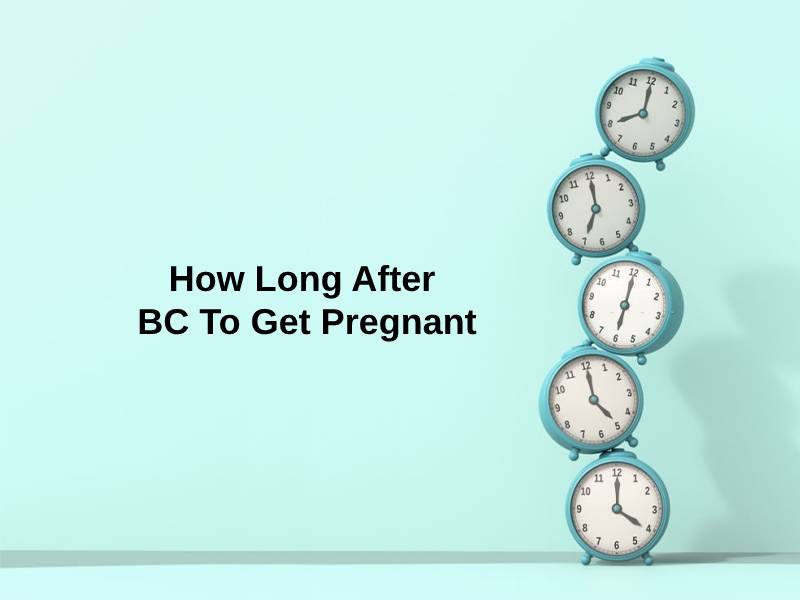
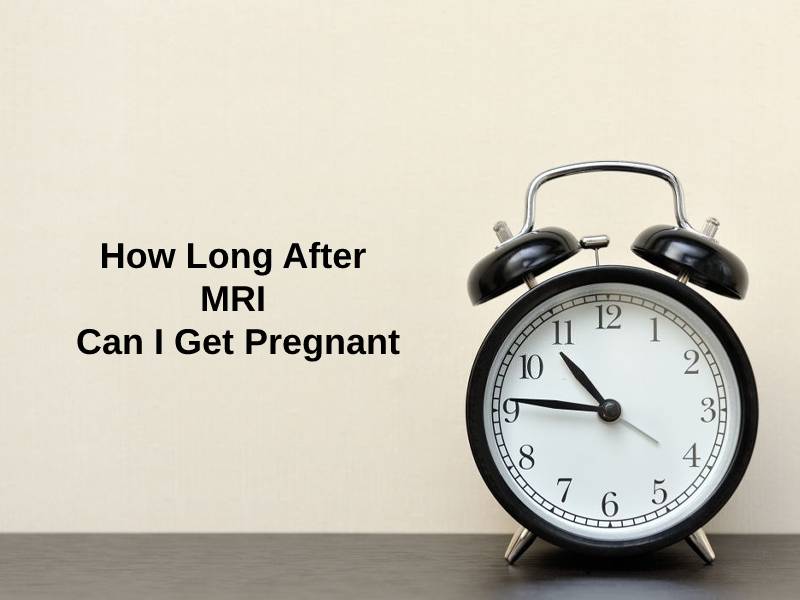
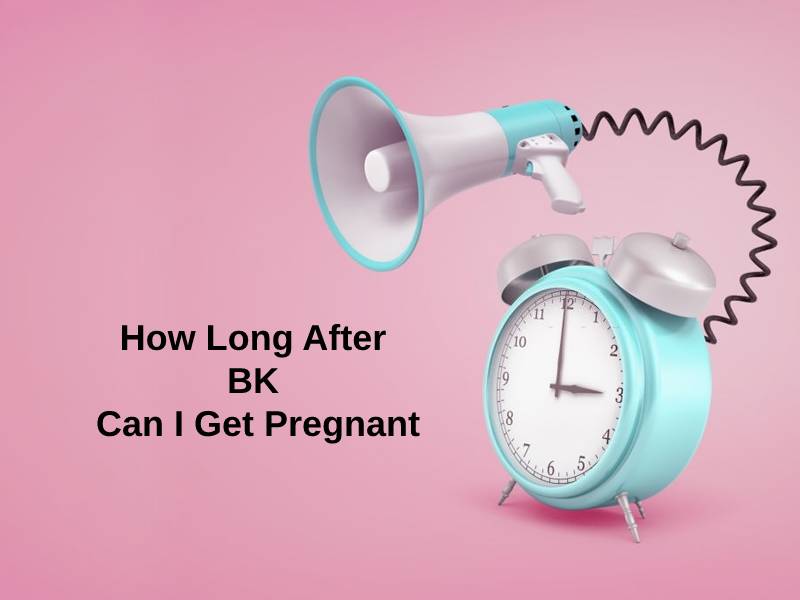
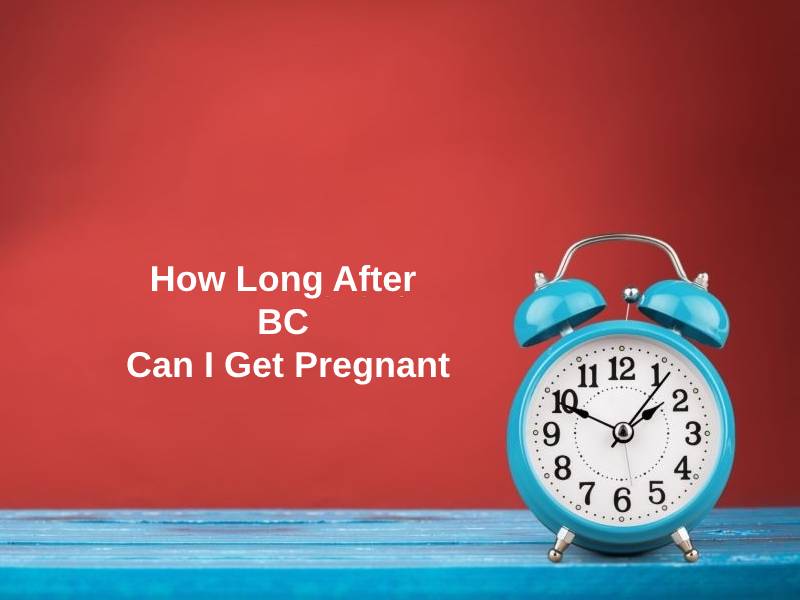


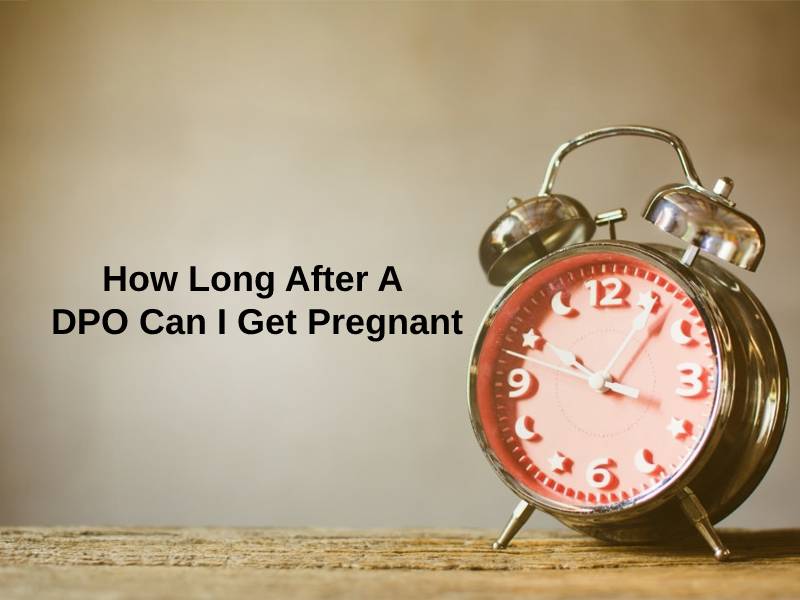
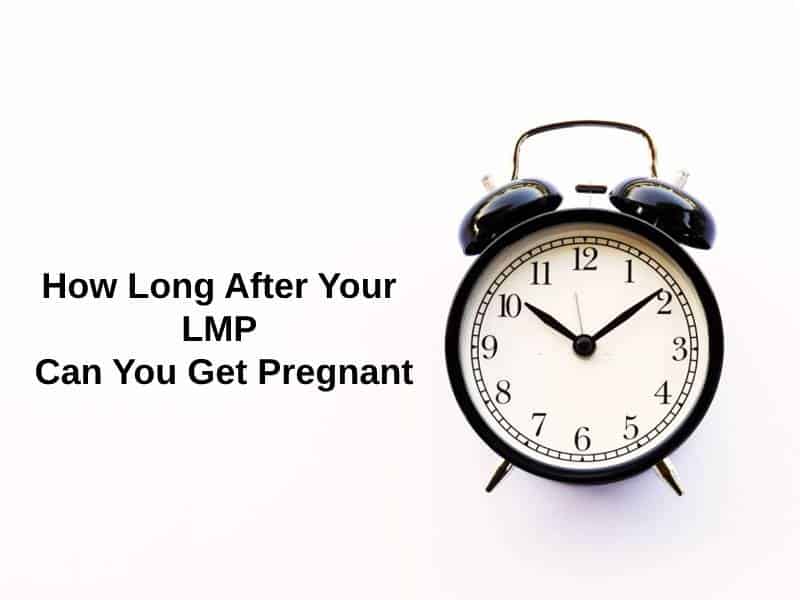

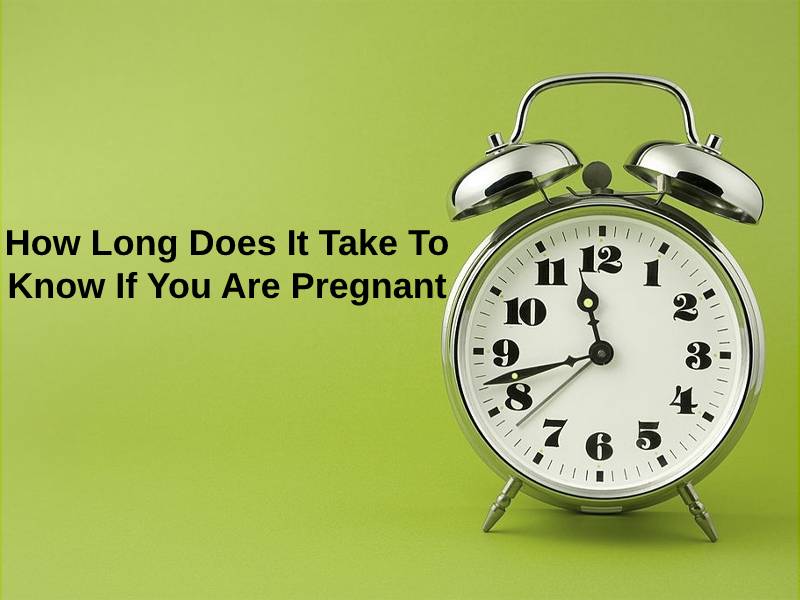
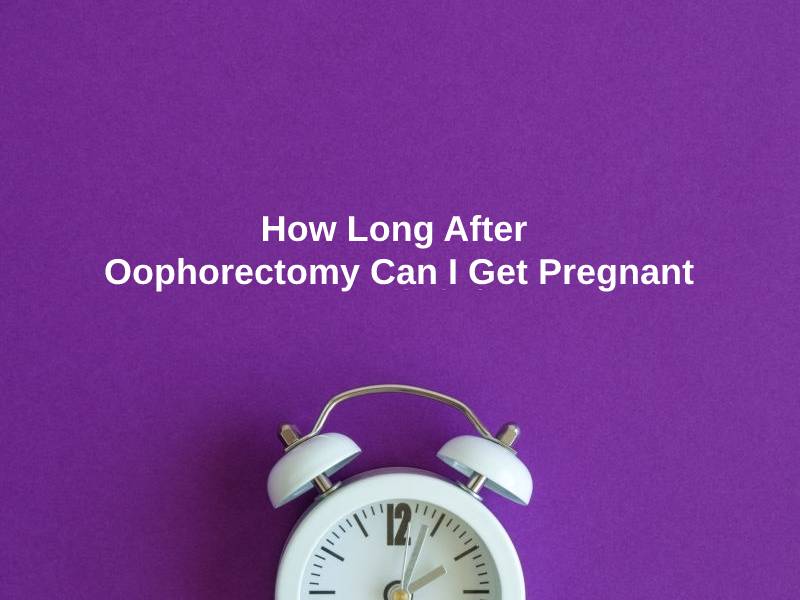
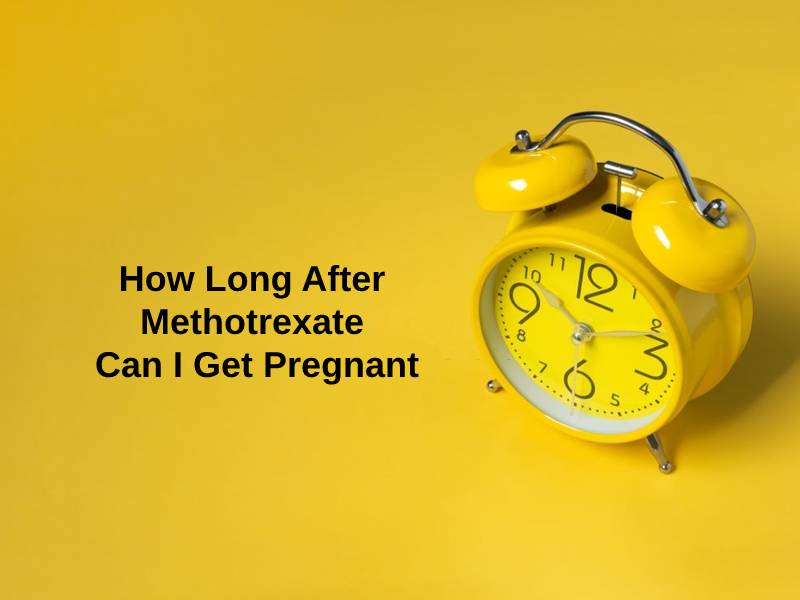
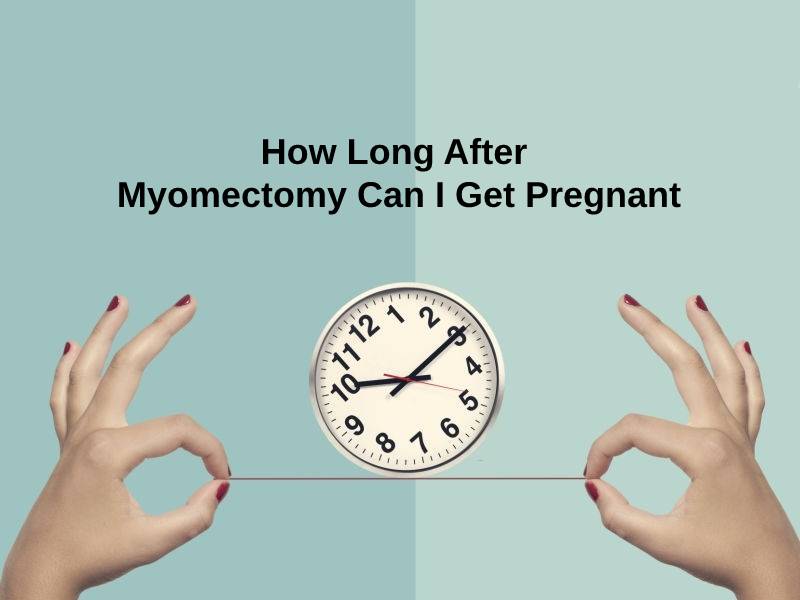
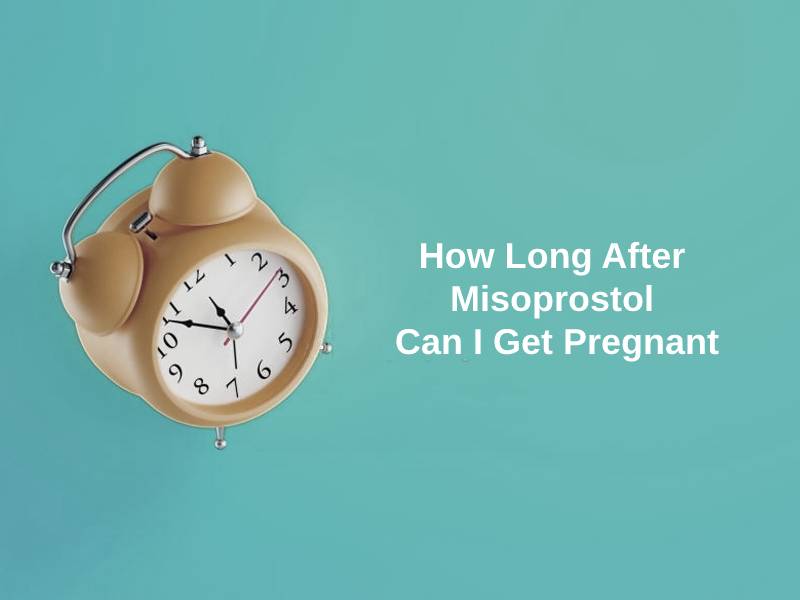
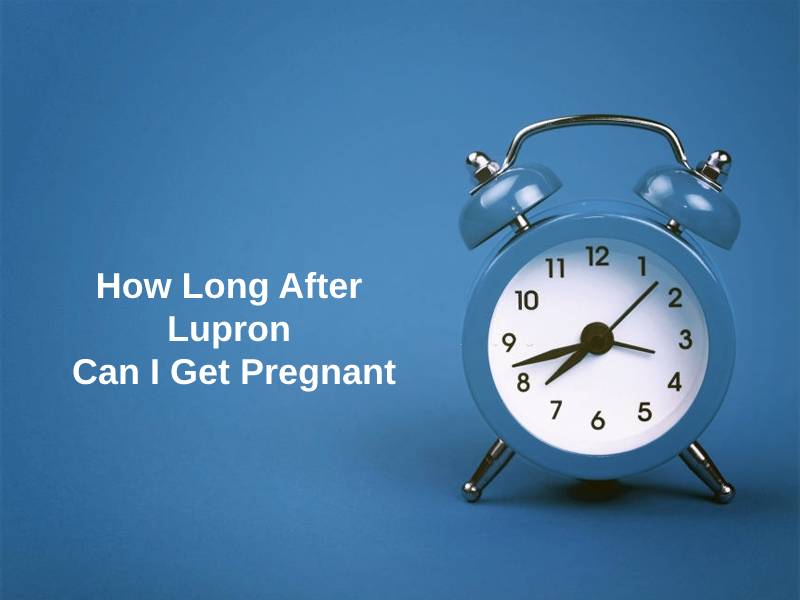
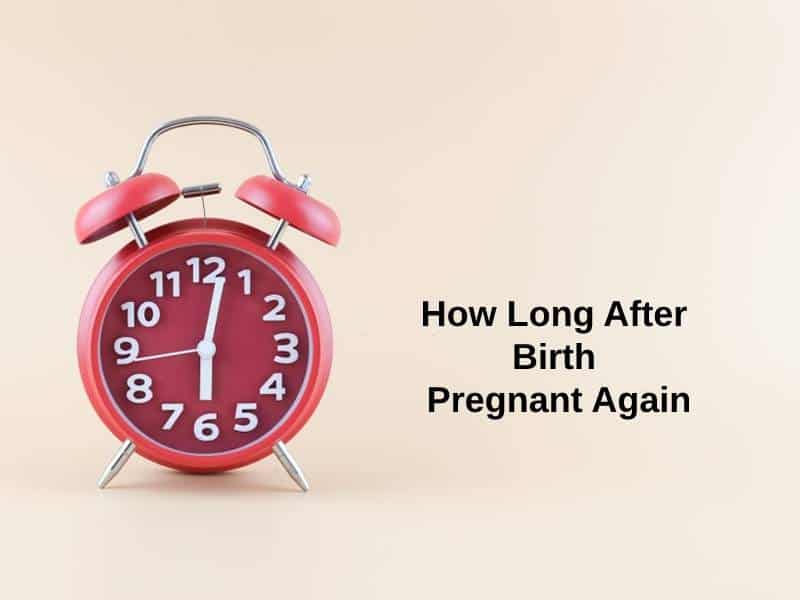


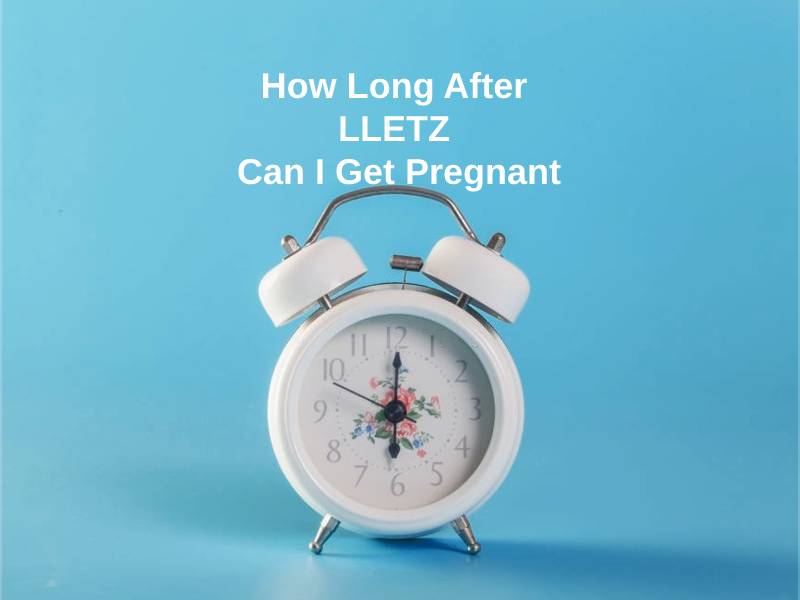

The risks of early conception after a VBAC emphasize the importance of waiting for the recommended period to ensure the best possible outcomes in subsequent pregnancies.
Absolutely, prioritizing maternal and fetal health requires careful consideration and adherence to medical advice.
The risks associated with early conception after VBAC highlight the necessity of allowing the body to recover adequately before considering another pregnancy.
Indeed, prioritizing recovery and minimizing potential complications is essential for the health of both mother and baby.
The risks of complications such as uterine rupture and placenta accreta emphasize the importance of waiting for the recommended time period after a VBAC.
Absolutely, prioritizing the well-being of both the mother and baby is paramount, and waiting for sufficient recovery time is essential.
Indeed, the potential risks underscore the significance of making informed decisions about subsequent pregnancies after a C-section.
Having accurate information about the risks and recovery time after VBAC is vital for women to make informed family planning decisions.
Agreed, knowledge is power when it comes to pregnancy and childbirth, and women should have access to reliable information.
Absolutely, it’s crucial for women to be well-informed to ensure the best possible outcomes for subsequent pregnancies.
The risks involved with both VBAC and ERCS delivery methods should be thoroughly discussed with a doctor to make a well-informed decision about pregnancy after a C-section.
Absolutely! Women need to be aware of the potential risks and benefits before deciding on a delivery method.
I agree, consulting with a doctor is crucial for making the best choice for the health of both mother and baby.
The significant potential complications highlight the importance of following medical recommendations for the timing of subsequent pregnancies after a VBAC.
Indeed, adhering to guidance from healthcare professionals is essential to minimize risks to both mother and baby.
The importance of waiting for 18-24 months after a VBAC to conceive should not be underestimated, especially to reduce the risks associated with uterine rupture and other complications.
Indeed, it’s essential to prioritize the health and safety of the mother and baby by allowing the body to fully recover before another pregnancy.
Research and consultation with healthcare providers are key to understanding the health implications of timing subsequent pregnancies after a VBAC.
Absolutely, informed decision-making and adequate medical advice are crucial for women considering pregnancy after a VBAC.
The potential risks associated with insufficient recovery time underscore the importance of respecting medical advice and waiting to conceive after a VBAC.
Indeed, consideration of the health implications is vital in making decisions about subsequent pregnancies.
Absolutely, ensuring sufficient time for recovery is crucial for optimal maternal and fetal health outcomes.
The risks of complications reinforce the importance of following recommended waiting times to prioritize maternal and fetal health after a VBAC.
Absolutely, prioritizing recovery and minimizing risks is crucial for the well-being of both mother and baby.